A smart home is no longer a futuristic fantasy but a transformative reality that elevates everyday living. By integrating advanced technologies like artificial intelligence, IoT, and sustainable systems, smart homes offer unparalleled convenience, efficiency, and comfort.
Contents
The Concept of a Smart Home
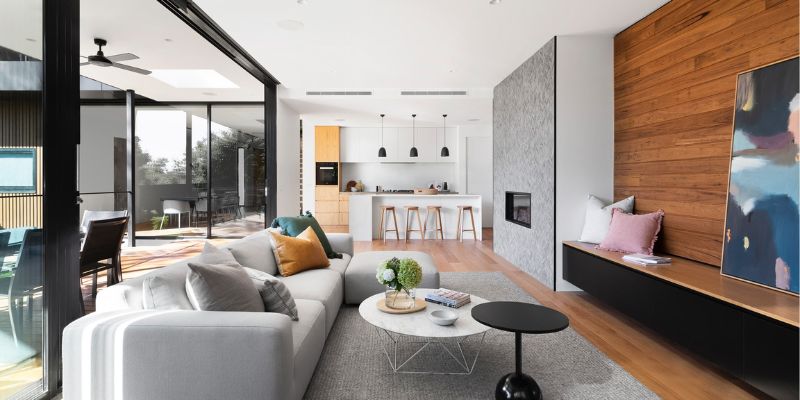
A smart home is a residence where interconnected devices and systems work together to automate tasks, optimize resources, and enhance the occupant’s experience. At its heart lies the Internet of Things (IoT), enabling appliances, lighting, security, and climate control to communicate via a central hub or cloud-based platform.
Artificial intelligence amplifies this by learning user preferences—say, adjusting the thermostat based on your routine or suggesting energy-saving measures during peak hours. Unlike conventional homes, where systems operate independently, a smart home functions as a unified ecosystem, responsive to both human input and environmental cues.
The scope of a smart home extends beyond gadgetry. It embodies a philosophy of intentional living, where technology serves to simplify complexities and foster well-being. For instance, a smart home might monitor air quality to alleviate allergies or dim lights to promote better sleep.
By leveraging data from sensors, wearables, or even weather forecasts, it creates a dynamic environment tailored to its residents. Today’s smart homes are already sophisticated, but ongoing advancements in AI, edge computing, and renewable energy promise even greater integration, making them intuitive partners in daily life.
Standout Benefits of a Smart Home
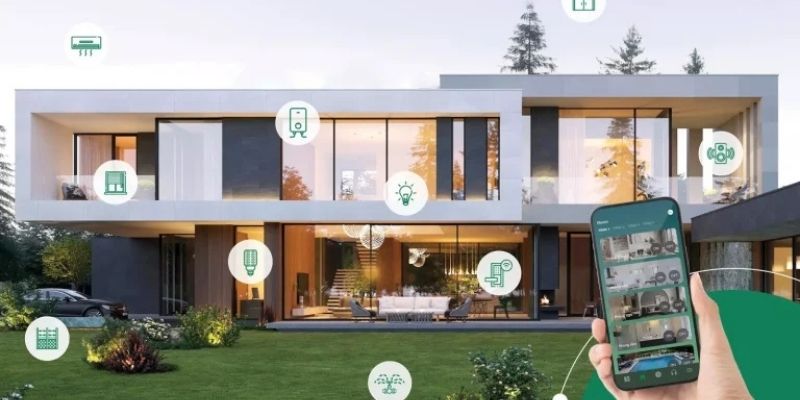
The allure of a smart home lies in its ability to address practical needs while enriching lifestyle.
Automation eliminates mundane tasks. Imagine waking to curtains that open automatically, coffee brewing as you step into the kitchen, or a vacuum cleaner mapping your floors while you’re at work. Voice assistants or smartphone apps centralize control, letting you manage everything from lighting to laundry with a tap or command, saving time for what matters most.
Smart homes are champions of sustainability. Intelligent thermostats learn your schedule to minimize heating or cooling when you’re away, while smart plugs cut power to idle devices. Real-time energy dashboards highlight usage patterns, empowering you to reduce waste. Some systems even integrate with solar panels, optimizing renewable energy to slash bills and carbon footprints—a win for both wallet and planet.
Safety is paramount, and smart homes deliver. AI-powered cameras distinguish between guests and intruders, sending alerts if anomalies occur. Smart locks allow remote access control, so you can let in a delivery person without leaving work. Motion sensors and smoke detectors sync with emergency services, ensuring rapid response. This layered protection offers peace of mind, whether you’re home or halfway across the globe.
Smart homes promote physical and mental well-being. Air purifiers adjust to pollen levels, while circadian lighting mimics natural daylight to regulate sleep cycles. Some systems sync with wearables to monitor heart rates or stress, nudging you toward healthier habits—like reminding you to hydrate or suggesting a yoga session after a long day.
No two households are alike, and smart homes reflect that. They adapt to your preferences, curating ambiances for dinner parties or quiet evenings. Music systems might queue your favorite playlist when you arrive home, or a smart fridge could propose recipes based on its contents. This bespoke experience fosters a deeper connection to your space.
As technology becomes integral to real estate, smart homes hold higher resale value. Features like integrated wiring or energy-efficient systems appeal to buyers, ensuring your property remains competitive in a tech-driven market. Plus, modular designs allow upgrades without major renovations, keeping your home relevant as innovations emerge.
These benefits collectively transform a house into a sanctuary that anticipates needs, protects its occupants, and aligns with modern values like sustainability and efficiency.
How to Choose a Smart Home Style That Suits You
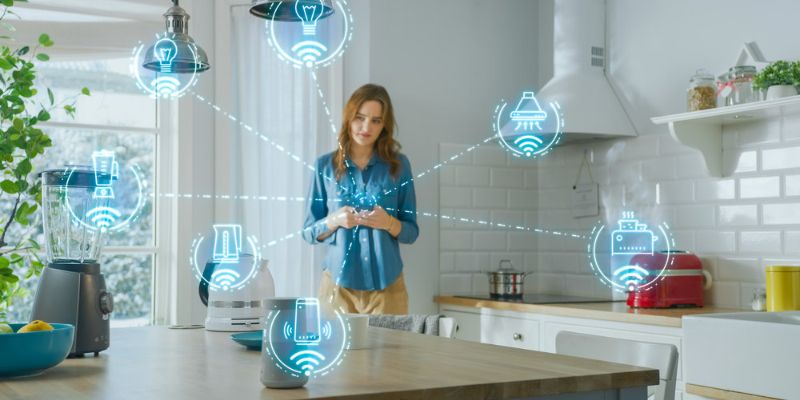
Selecting a smart home style involves aligning technology with your aesthetic, functional, and lifestyle preferences.
Ideal for urban professionals or those who favor sleek, uncluttered spaces. This style emphasizes hidden tech—think recessed sensors, flush-mounted touchscreens, or voice-activated systems with no visible gadgets. Neutral tones and modular furniture complement discreet devices like smart mirrors or underfloor heating. It suits tech-savvy individuals who want functionality without visual clutter.
Perfect for sustainability advocates. This style integrates green tech like solar tiles, rainwater harvesting, and energy-monitoring dashboards. Natural materials—wood, stone, bamboo—pair with biophilic elements like indoor gardens, controlled by smart irrigation. It’s a fit for families or retirees prioritizing environmental impact and long-term savings.
Designed for households with children or multigenerational living. Safety is key, with rounded-edge smart furniture, child-locked appliances, and monitoring systems for peace of mind. Interactive features like AI learning hubs or gamified chore trackers engage kids, while accessible controls (voice or touch) cater to all ages. This style balances fun, safety, and practicality.
For those who crave opulence, this style blends high-end tech with lavish design. Picture holographic entertainment walls, AI-driven wine cellars, or climate-controlled art displays. Materials like marble or glass, paired with custom automation—like a spa-inspired bathroom that preheats your towel—create indulgence. It suits affluent buyers or creatives seeking a statement home.
Not building from scratch? This style upgrades existing homes with plug-and-play devices—smart bulbs, Wi-Fi thermostats, or adhesive sensors. It’s cost-effective, renter-friendly, and scalable, ideal for young couples or those testing the smart home waters without committing to a full overhaul.
Considerations When Designing a Smart Home
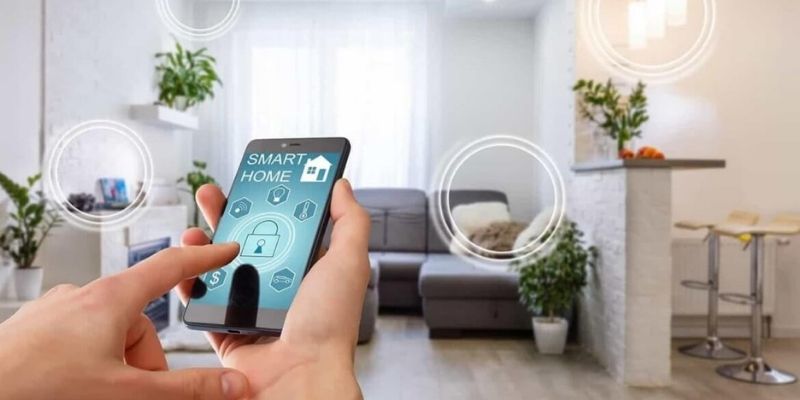
Designing a smart home requires foresight to balance innovation with practicality.
- Devices must communicate smoothly. Opt for open-standard platforms over proprietary ones to avoid vendor lock-in. For example, a hub supporting Matter (a universal IoT standard) ensures your smart lights work with your security system, future-proofing your setup.
- Plan for growth. Install extra wiring or conduits during construction to accommodate future devices. Cloud-based systems allow remote updates, so your home evolves with tech trends without costly retrofits.
- Smart homes are data-rich, making them hacking targets. Use encrypted networks, multi-factor authentication, and regular firmware updates. Consider isolated guest Wi-Fi to protect core systems. AI-driven firewalls can detect threats proactively, safeguarding privacy.
- Interfaces should suit all residents. Voice controls benefit the elderly or visually impaired, while touchscreens appeal to kids. Test systems for intuitiveness—nobody wants a PhD to turn on a light. Multilingual options can also enhance inclusivity.
- Power outages can disrupt smart systems. Incorporate battery backups or generators, especially for critical features like security or medical alerts. Solar integration with storage ensures resilience during grid failures.
- Tech shouldn’t clash with design. Conceal sensors in walls, blend speakers into ceilings, or choose devices that double as decor—like a smart mirror that’s also a vanity. This preserves your home’s visual harmony.
- Unless you’re a tech wizard, hire specialists. Smart home integrators align systems with architecture, while electricians ensure robust wiring. Budget for maintenance, as updates or glitches may require ongoing support.
- Building codes may restrict external features like solar panels or antenna placements. Check zoning laws early to avoid redesigns. Energy rebates for smart upgrades can offset costs, so research incentives.
By addressing these, you’ll create a smart home that’s functional, secure, and timeless, avoiding pitfalls like obsolescence or clashing aesthetics.
To live better with a smart home is to embrace a lifestyle where technology enhances every moment—streamlining chores, safeguarding loved ones, and reflecting personal values. To Home Gadget Digest, from its intelligent core to its myriad benefits, a smart home offers a tailored sanctuary for all, whether you lean minimalist, eco-driven, or luxurious.
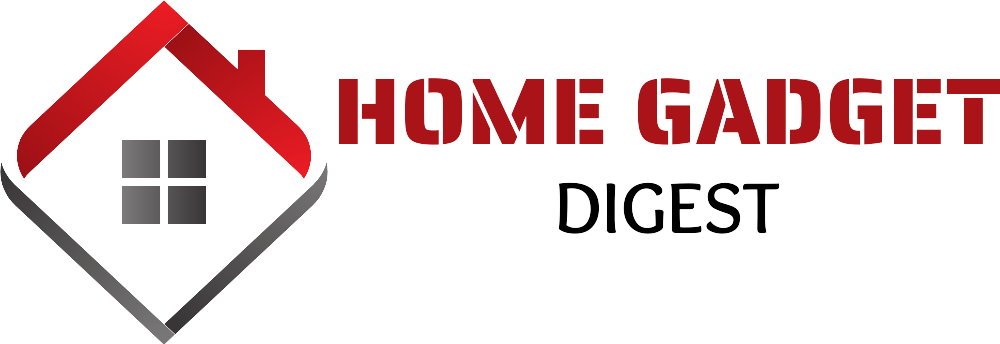

















+ There are no comments
Add yours